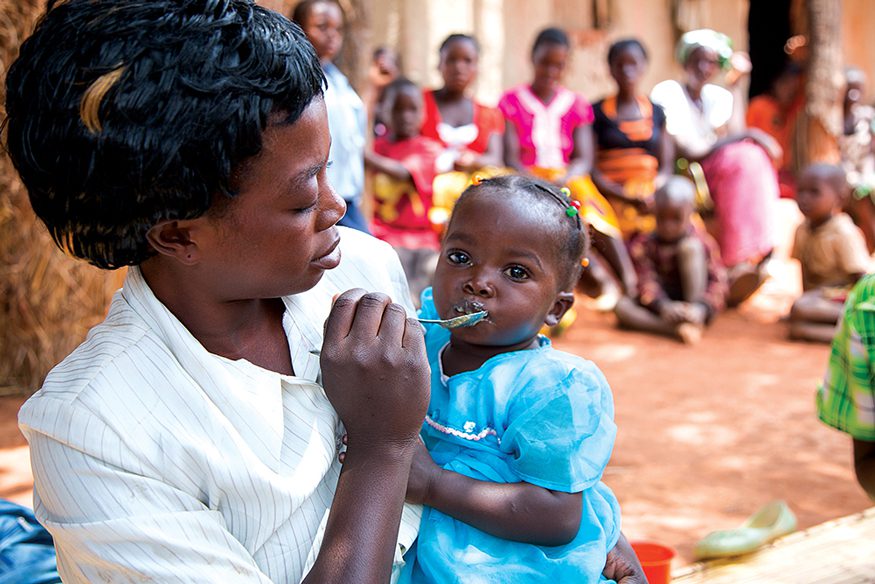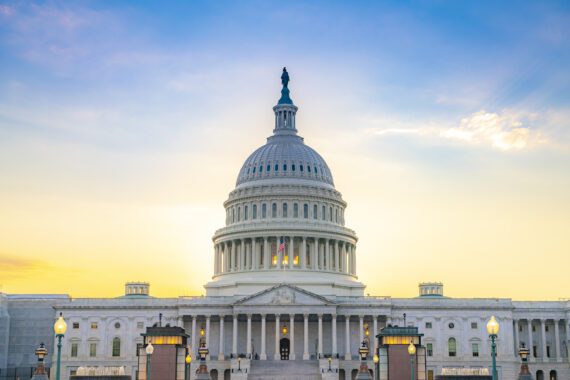By Jordan Teague
On August 4, in Rio de Janeiro, Brazil, the governments of Brazil, Japan, and the United Kingdom launched the second phase of Nutrition for Growth (N4G II) as part of the lead-up to the 2016 Olympics in Rio.
N4G II continues the work begun in 2013, when the U.K. and Brazilian governments along with the Children’s Investment Fund Foundation (CIFF) first convened an N4G summit. The 94 participating stakeholders included governments, civil society, businesses, and donors. They committed to taking action to improve nutrition and pledged a total of $23 billion to improve nutrition by 2016 to 2020, depending on the specific stakeholder.
The Rio event was an opportunity to celebrate the gains made since 2013, report progress to date on various N4G commitments, and use the current momentum on nutrition to secure an opportunity for additional commitments to scale up successful strategies. This phase of N4G is leading up to the next pledging summit, expected to take place in 2017. All N4G efforts are ultimately focused on reaching the goal of ending all forms of malnutrition globally by 2030.
According to the 2016 Global Nutrition Report, only 61 percent of the donors’ 2013 N4G commitments have been met, and only nine out of 21 national governments that made commitments at the first N4G summit are on track to meet their policy commitments. Only 41 countries are on track to meet the global target, set by the World Health Assembly, to reduce stunting by 40 percent by 2025, while only 36 countries are on track to meet another 2025 target, to raise the rate of exclusive breastfeeding by 50 percent.
One cause for celebration, however, is that the United States continues to make progress in fulfilling its 2013 N4G pledges, which were to create a multi-sectoral nutrition strategy at the U.S. Agency for International Development (USAID), to develop a plan to coordinate nutrition efforts across all relevant government agencies, and to provide just over $10 billion over three years, 2012-2014, for nutrition in its global health and agriculture assistance. In June of this year, the United States government launched its Global Nutrition Coordination Plan 2016-2021, and USAID has been implementing its Multi-Sectoral Nutrition Strategy since 2014. Because the United States is a global leader in improving nutrition, the administration and Congress must continue to prioritize nutrition within foreign assistance and should make ambitious financial and policy commitments at the N4G II Pledging Summit in 2017.
A great deal of progress is still needed in order to end all forms of global malnutrition. Recent analysis by the World Bank and partners indicates that on average, an additional $7 billion a year – that is to say, on top of the current investments in nutrition – will be needed to meet four of the 2025 global nutrition targets for reducing stunting, wasting, and anemia, and increasing exclusive breastfeeding. Nutrition for Growth is one way stakeholders can contribute to keeping the world on track to end malnutrition.
We hear the proverb “It takes a village to raise a child” frequently, but it’s especially apt when it comes to improving nutrition. For each child, the 1,000 days between pregnancy and the second birthday are the window of opportunity. Many parents in developing countries cannot make full use of this opportunity by themselves. They need contributions and support from communities, businesses, and governments. N4G II offers a way to ensure that nutrition for women and young children gets the attention it deserves.
Jordan Teague is the international policy analyst for food security and nutrition with Bread for the World Institute.



